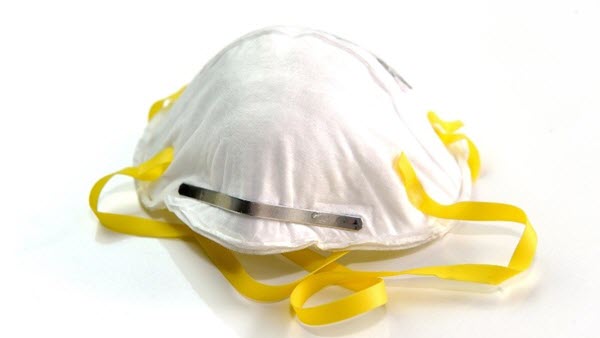Disposable respirator n95 masks have received increased attention as recently with the spread of the H1N1 virus virus, though they have long been useful for other applications including occupational safety. N95 refers to a National Institute for Occupational Security and Wellness (NIOSH) rating that’s given to masks that meet a given minimum standard for compound transmission. The N95 respirator disguise is made to filter up to 95% of airborne contaminants 0.3 microns or bigger that will otherwise straight enter the nose and mouth of the wearer. These goggles may also be worn by individuals who have a contagious condition to prevent contaminants from making the nose and mouth of the wearer and placing the others at risk. While such markers don’t force away chemical indication with 100% precision, they could be effective in avoiding the distribute of infection.
N95 markers can be purchased with our with no device to facilitate simpler breathing. Optimal protection is achieved when the respirator disguise suits snugly to the facial skin, covering the nose and mouth without causing start spaces across the edge. Respirator goggles must be fitted properly to the person and perhaps not be blocked by undesired facial hair or jewelry. A badly equipped respirator mask has greater possible to permit air contaminants to enter through breaks along the edges of the disguise, giving decrease levels of security contrary to the inhalation or spread of particles when compared to a effectively equipped one.
Respirator goggles are generally used for occupational security, and are particularly frequent in commercial and health care facilities. Masks used in the office should be NIOSH-approved, indicating they meet minimal requirements set forth by the National Institute for Occupational Security and Health. The intended purpose must certanly be considered when buying respirator masks. Various sorts are made for unique applications and present different quantities of protection. Yet another concern is whether the disguise contains latex, an allergen for a few people. Latex free N95 respirator masks are available, and will undoubtedly be marked as such.
The N95 is the most used series of particulate respirator markers that meet United States government standards. The face markers are tried to lessen experience of airborne contaminates by NIOSH – the National Institiute for Occupational Security and Health. NIOSH has eight full approval classes, N95, N99, N100, R95, R99, R100, P95, P99, P100 arranged by fat compatibility and filter efficiency.
The letter signifies the way the filter tests in situations exposed to oil aerosols: N95, N99, & N100. These filters are not to be used with gas aerosols. These must be used in conditions confronted with particulates which do not include oil. Oftentimes, the n- respirators could be reused numerous times. R95, R99, & R100. These filters are oil resistant. The r- respirators can be utilized in atmospheres comprising particulates any stable or liquid threat including oil-based hazards. They’re one-time use masks.
P95, P99, & P100. These filters are gas proof. These respirators can be used in virtually any atmosphere confronted with harmful particulates. The p- respirators are susceptible to time of good use limitations. The filter effectiveness number describes the percentage of airborne particulates that have been eliminated in testing: 95%, 99%, and 100%. If a mask is NIOSH approved then it could have a stamp of acceptance type produced on the respirator.
NIOSH permitted masks are also available in different styles, and a well installing mask is vitally important. When test-fitting an N95 disguise and other particulate respirator disguise, follow these simple steps: Press the mask (respirator ) strongly against the face with the surface nosepiece on the connection of your nose. Stretch and position the utmost effective scarf on the back of your head above your ears. Expand underneath headband around the pinnacle and place below your ears.
With both of your hands, form the metal nosepiece to the shape of your nose. To test match, pot both of your hands over the respirator and exhale vigorously. If air moves about your nose, tighten the nosepiece: if air moves across the sides of the respirator, reposition the headbands to suit better and check again till there’s no air leakage. Before deciding on the best disguise, it can also be proposed that you consult with skilled commercial safety workers about an assessment of your particular environment.
